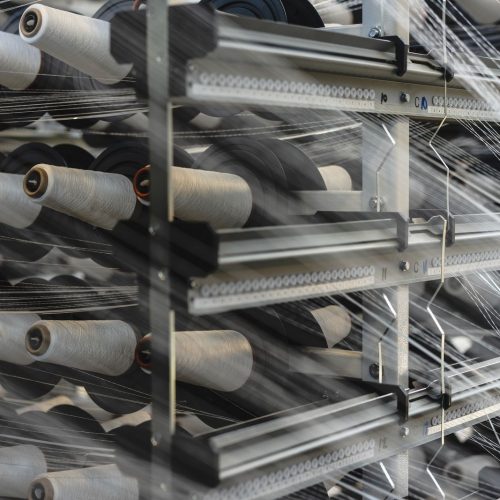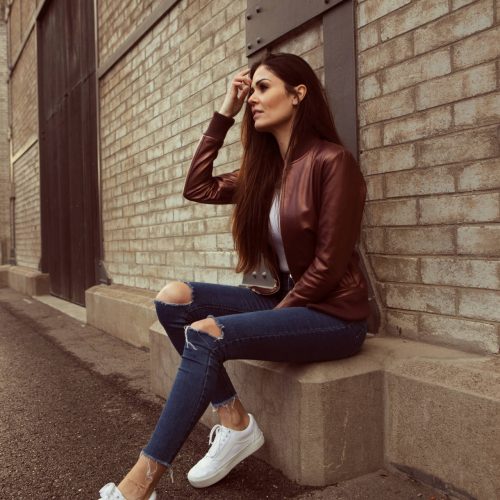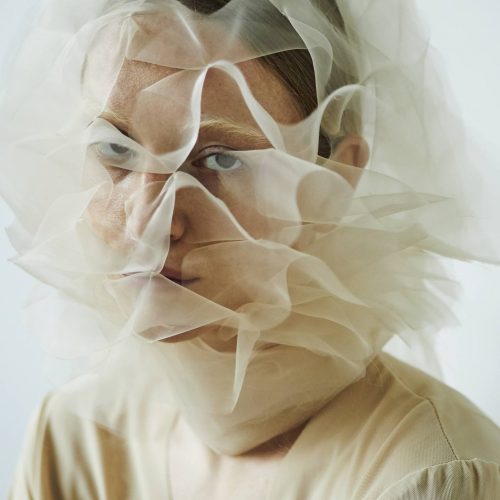Human Material Loop | Transforming Textiles With Hair Waste
Human Material Loop is on a mission to create the ultimate solution for textile pollution, utilising waste from a material called keratin protein fibre or, as we know it, hair. Learn more about this unique concept with the mind behind Human Material Loop: Zsofia Kollar.
To receive the Luxiders Newsletter, sign up here.
The journey of hair often ends when we cut it. Exploring the potential of hair waste, Human Material Loop are offering a material that needs no cultivation nor processing, meaning that water pollution, soil degradation and toxic chemicals are not on the agenda. In an interview with Luxiders Magazine, Zsofia Kollar (ZK) talks about the incredible potential of the fibre and why we all should keep an open mind.
What is Human Material Loop and how did you think of this concept?
ZK: Human Material Loop is a material science company focusing on the transformation and utilisation of hair waste into high-performing next generation materials for the textile industry. By utilising science we transform the strongest protein found in nature, keratin, to planet positive materials. It was founded in 2021 to lower the pollution of the textile industry and show that a circular economy can be a reality.
It is no secret that the textile industry is one of largest polluters in today's world. Our very own hair can be the solution to this pollution. Together we can reduce soil degradation, water pollution, toxic poisoning, and put an end to the microplastic pollution that comes from wearing and washing polyester garments.
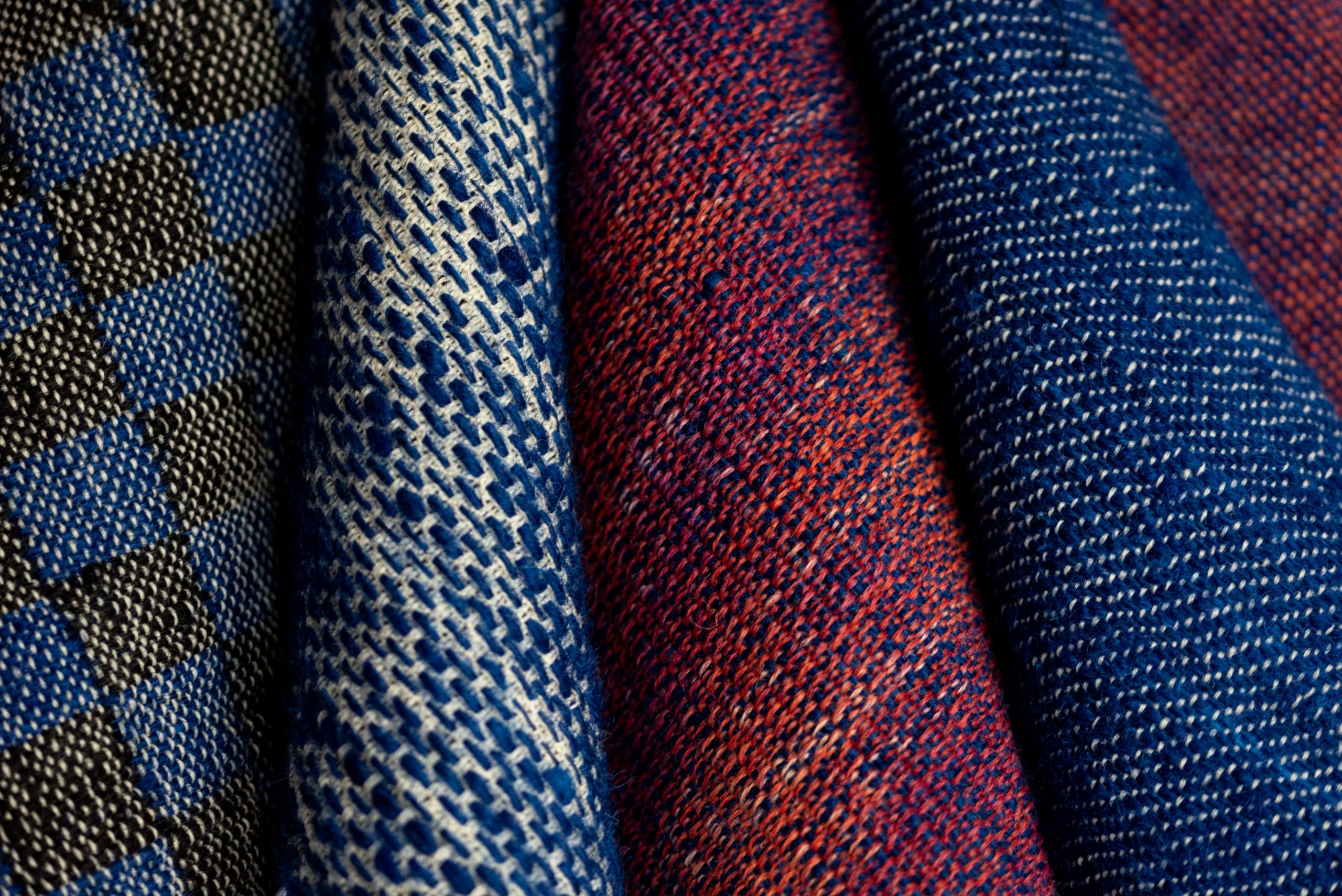
Woven Fabric Samples © Mona Reich
ZK: Currently, western populations see a 77% chance of having microplastics in their blood, but it will soon be a guarantee. Tons of hair waste generated by hair salons is incinerated or landfilled. While hair is the same keratin protein fibre as other animal fibres currently used in the industry.
It's quite intriguing how we put a lot of emphasis on adorning our hair, yet once it's cut, it becomes a neglected material. This notion prompted me to explore various possibilities for using hair waste. I conducted a thorough investigation into how this waste stream could be utilised, exploring existing technologies and considering what new technologies we could develop to make a significant impact.
What is your professional background? How did it lead to Human Material Loop?
ZK: I worked as a designer; previously, I ran an independent design studio before founding Human Material Loop. In the past, I've worked on numerous conceptual projects and products, often delving into extensive material investigations and presenting challenging perspectives on either the material itself or the subject matter. It was during the pandemic that I witnessed the breakdown of supply chains and the lack of solutions to prevalent issues. This compelled me, as a designer, to take responsibility and seek solutions. I believe that design should focus on creating solutions that are accessible to most parts of the world. Alongside being the director of Human Material Loop, I also lecture at universities and I am a published author on object culture.
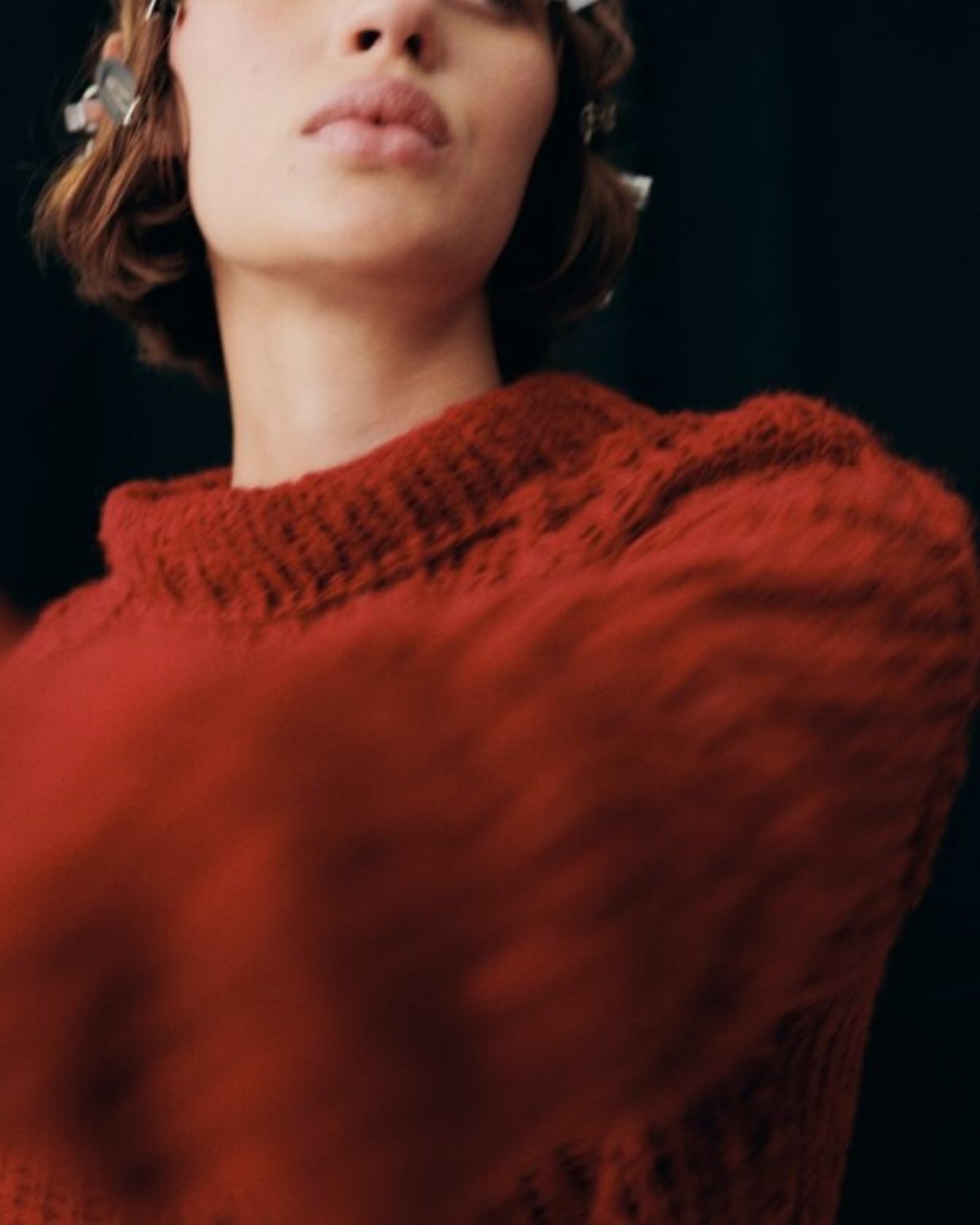
Human Material Loop © Schwarzkopf Professional
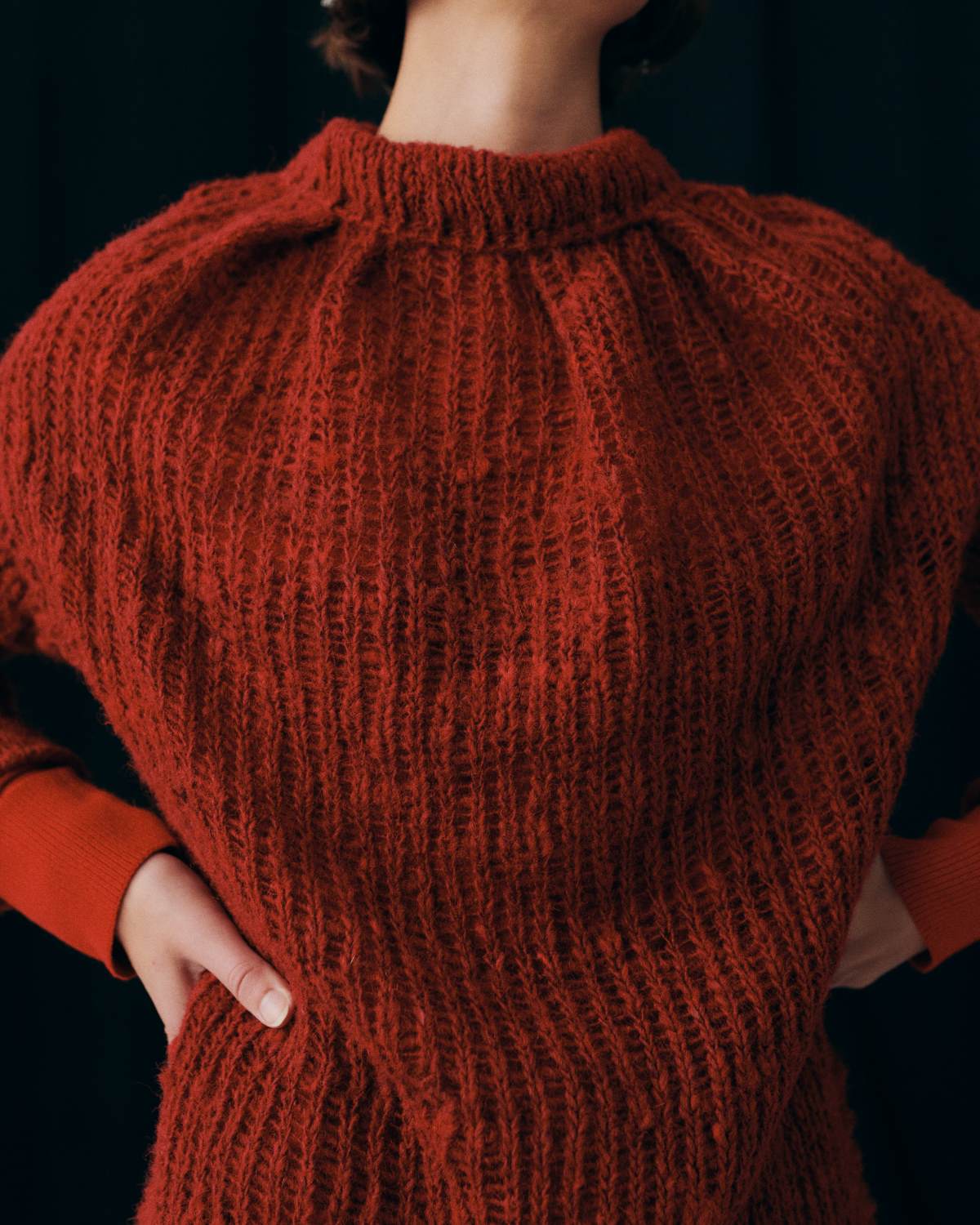
Human Material Loop © Schwarzkopf Professional
Why do you think Human Material Loop is the solution to textile industry pollution?
ZK: We offer a new material to the industry that has an exceptionally low impact on the environment. Our raw material leaves no soil degradation, water pollution, or reliance on toxic chemicals. There's no need for extensive cultivation or processing. We provide a substitute material with enduring performance capabilities, capable of lasting for generations. It's natural, devoid of microplastics, and can biodegrade in suitable conditions. When discussing textile industry pollution, we also acknowledge the associated issues of deforestation, forced labour, and animal cruelty unfortunately intertwined with the industry.
At Human Material Loop, we take a holistic approach, considering these various levels of impact. We firmly believe that we can affect meaningful change on many fronts.
What types of reactions do you get when you tell people what your concept is?
ZK: Reactions to our material vary based on situation and the audience:
For scientists, it's an exhilarating challenge and concept to explore.
Fashion designers see it as a foundational material for building innovative concepts.
To hairdressers, we represent a creative solution and collaborative partner, expanding creativity beyond hairstyling.
For advocates against animal cruelty, we offer a plastic-free solution with remarkable capabilities.
However, for consumers unaware of the textile industry's impact, it might seem like an outlandish idea with no perceived need to alter material usage.
Tell us about your prototype jumper "Dutch Blond", how did it feel seeing the concept come to life?
ZK: It was the first product we have made. Naturally, the experience of wearing the sweater was exhilarating; it felt absolutely incredible. A truly proud moment.
What are you favourtie examples that human hair can make?
ZK: I don't have favourites; it's about what's needed at the moment, both for myself and for others, and how creatively we can utilise this material. What truly excites me is the idea of everyone on Mars exclusively wearing textiles derived from humans. It would be incredibly cool!
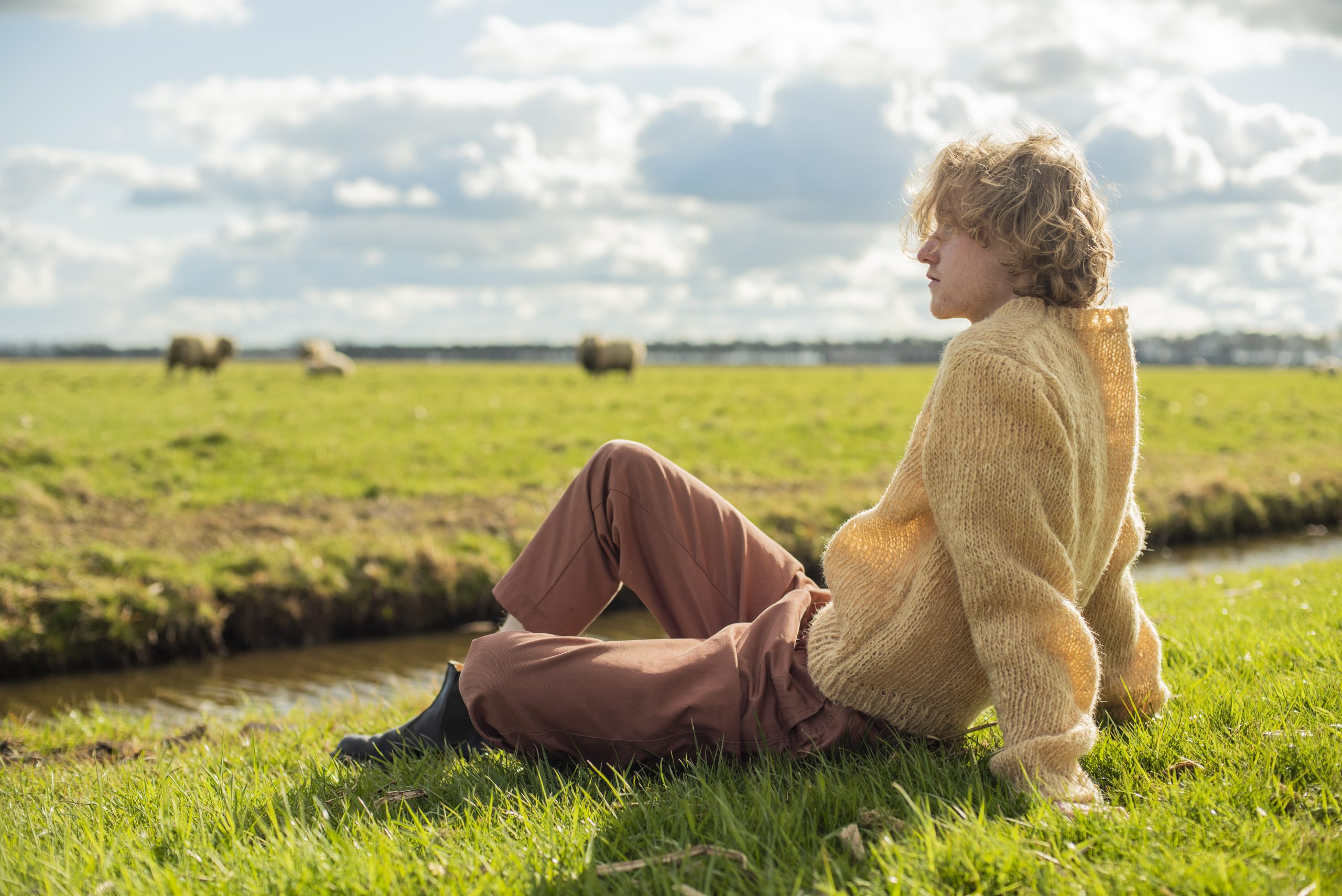
Human Material Loop Knitwear © Medina Resic

Human Material Loop Knitwear © Medina Resic
As the founder of a company developing a revolutionary concept, what are the main challenges you have faced?
ZK: Building a team that's so strong and capable that, as the saying goes, they could "steal a horse" - that's the goal.
You say "people are not above but equal to the ecosystem" - do you think society's views on this are changing?
ZK: I believe more and more of us are becoming aware of humanity's impact on this planet and the importance of collaborating with our environment instead of exploiting it. This extends to how we treat animals and each other—we should aim to collaborate with every being around us. This mindset is certainly on the rise.
What would you like to say to the sceptics?
ZK: Take a closer look at the design and performance; it's not only a robust material but also breathable, hypoallergenic, and thermally insulating. It's free of toxic chemicals and plastics, with a very low environmental impact.
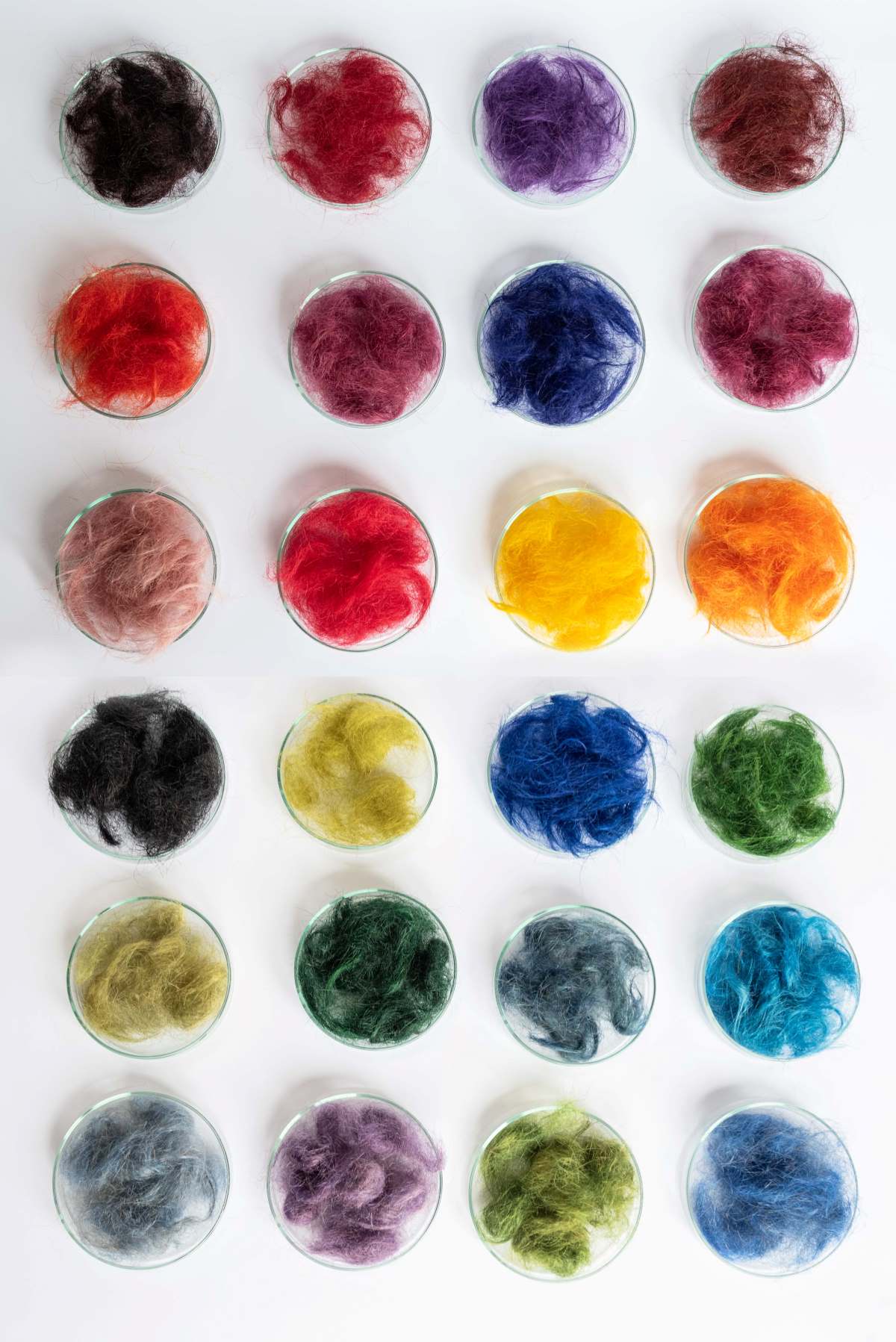
Colour Samples © Medina Resic

Human Material Loop Blazer © Nikola Lamburov
What are the goals for Human Material Loop in 2024?
ZK: To enter the market.
Have you got any big projects for the near future?
ZK: Yes. But, for now, we can’t talk about it.
FIND OUT MORE ABOUT HUMAN MATERIAL LOOP HERE
FOLLOW HUMAN MATERIAL LOOP ON INSTAGRAM: @humanmaterialloop
+ Featured Image: © Schwarzkopf Professional
Interview:
Jemima Patterson
Luxiders Magazine

